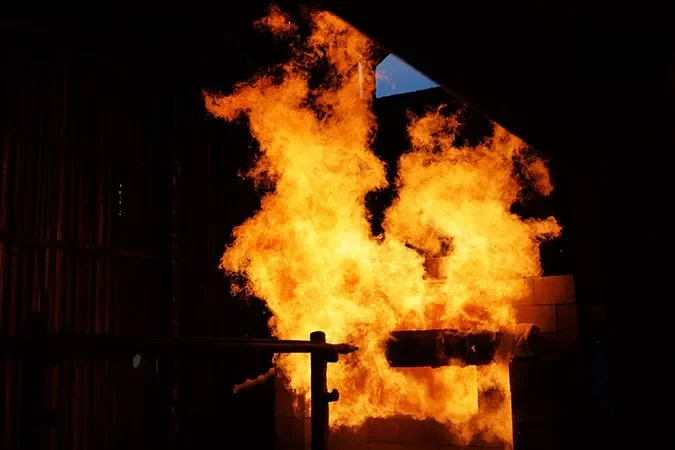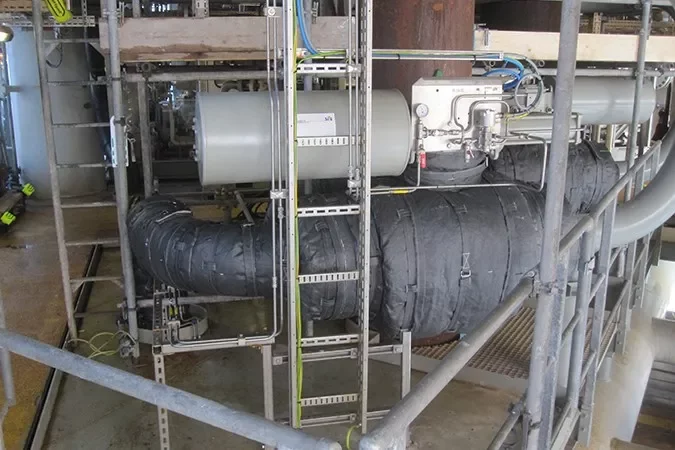What is Passive Fire Protection?
Passive fire protection refers to anything within a building, structure, or design that has the effect of slowing or hindering the spread of a fire. When considering what is passive fire protection, it is possible to include walls, ceilings, and floors, but also specifically designed casings and fire-protective doors and windows.
Generally speaking, when thinking about what is passive fire protection, the things included in this category are inactive. This means that do not move, nor do they need to be activated in some manner by the fire in the way that fire alarms or sprinklers are.
What is passive fire protectionmainly used for? Its primary purpose is to prevent the spread of fire. It also aims to slow the heating of structural components within a building. Finally, it is used to prevent fire from moving through a structure by blocking vents, ducts, and other openings that cannot be sealed or closed easily.
There are regulations that determine what is passive fire protection rated. Any materials or casings used as passive fire protection must undergo tests to measure fire endurance and heat transfer. The tests required vary from country to country depending on the regulations.

Types of Passive Fire Protection
There are various types of passive fire protection commonly in use in Europe and North America, although the precise requirements and regulations vary slightly from place to place.
Common types of passive fire protection include firewalls and fire-resistant rated walls. A firewall is a type of passive fire protection that divides a building into sections ensuring that when one section is damaged the other section will not be affected. A firewall should remain intact and functional even when one side of the building attached to the wall has collapsed.
Fire-resistant rated walls are made from layers of materials designed to slow the transfer of heat and impede the fire. Fire-resistant walls come with a rating that indicates how long the wall will be able to contain the spread of a fire. Fire-resistant rated walls typically work for 45 minutes to 1 hour, but it is possible to build a wall rated for 4 hours of fire resistance.
Other common types of passive fire protection are fire-resistant glass, fire-resistant floors, fire-proof cladding, cable coating, and enclosures that keep internal components safe during a fire.
The types of passive fire protection used in a particular building depend on the use. For example, in restaurants with a deep fryer, the grease duct is required to meet passive fire protection regulations. In duel-use buildings, a dividing wall may be required to separate the two areas. For example, a building split into shops and apartments may have a fire-protective wall dividing the two areas based on use.

Types of Passive Fire Protection Offered By JetBlack
Here at JetBlack we offer passive fire protection for process equipment. Our passive fire protection systems are designed to handle hydrocarbon and JetFire conditions.
Our product range includes passive fire protection solutions for control panels, cable trays, electrical boxes, pipework, and ESD valves.
Contact us today to find out more about the solutions we offer. We are always happy to help with the design of your PFP.







